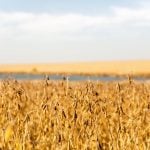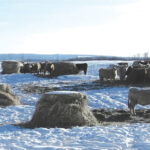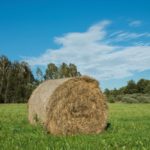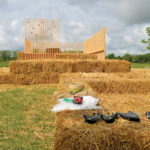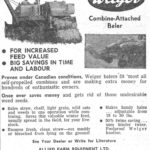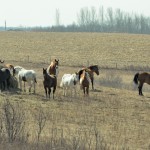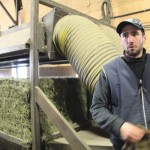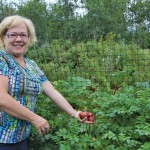A revival of the “Hay West” initiative, aimed at shipping feed from Eastern Canada to supplement drought-dented supplies in the West, has gone live. The Canadian Federation of Agriculture on Friday announced its Hay West 2021 initiative is “now operational and seeking applicants to both receive and supply hay.” Applicants interested in either supplying or
